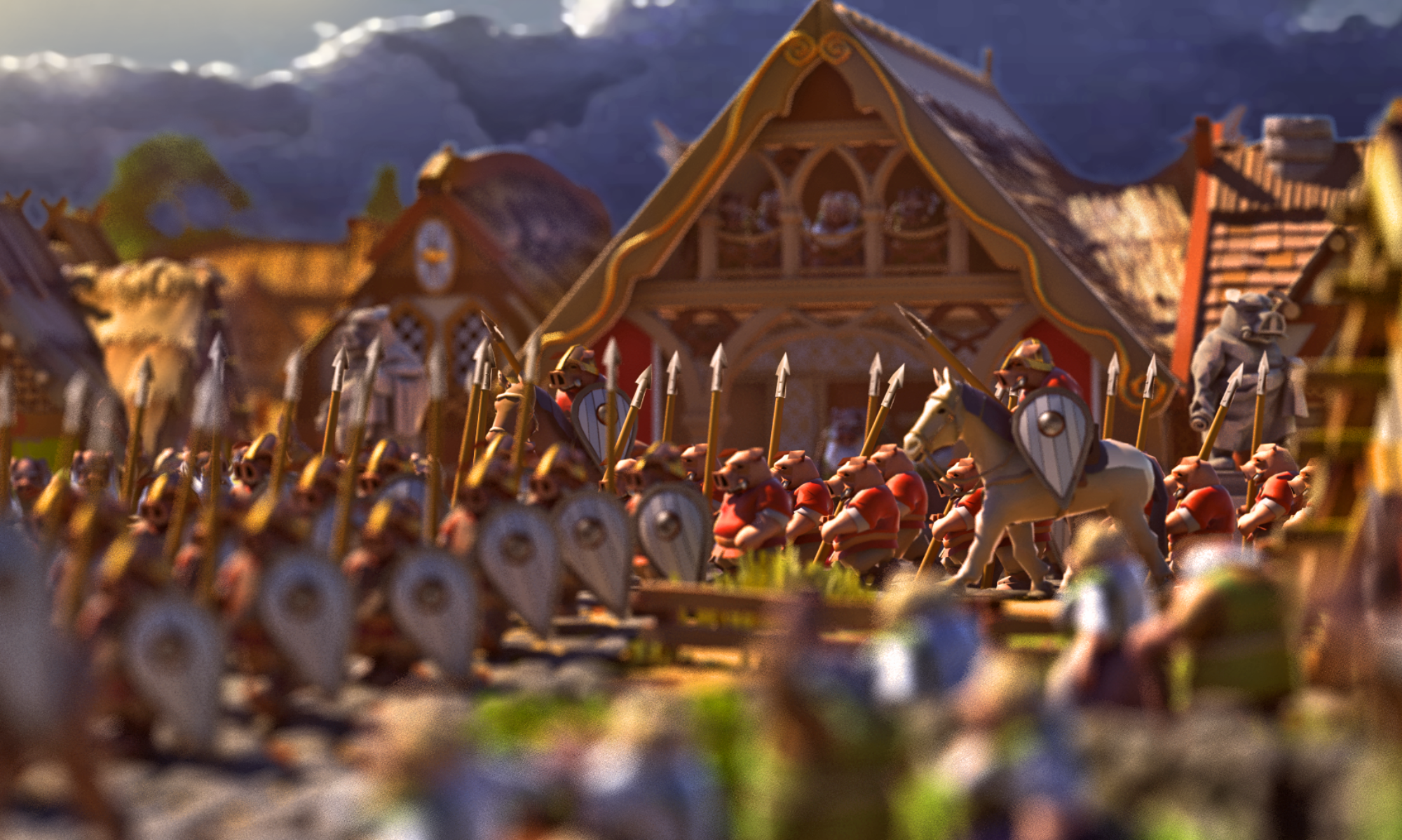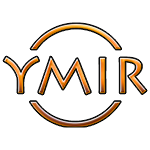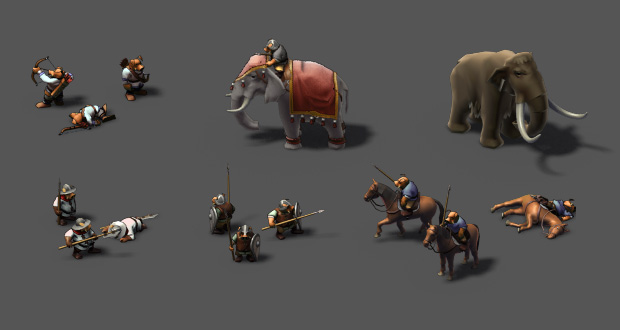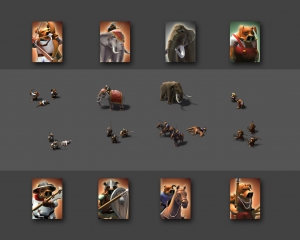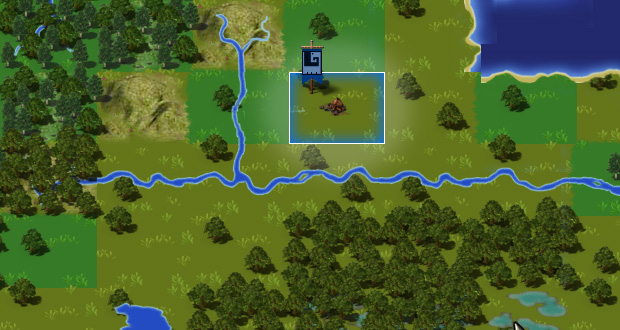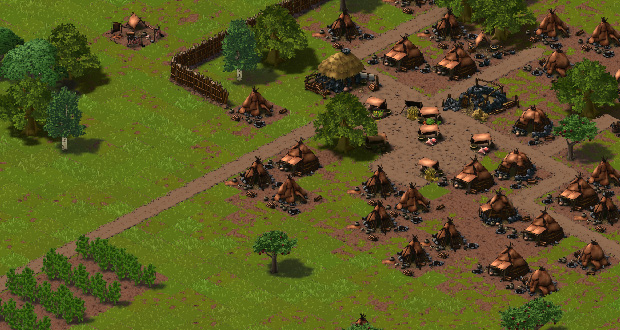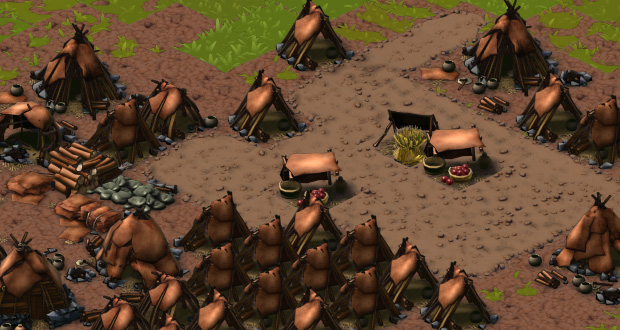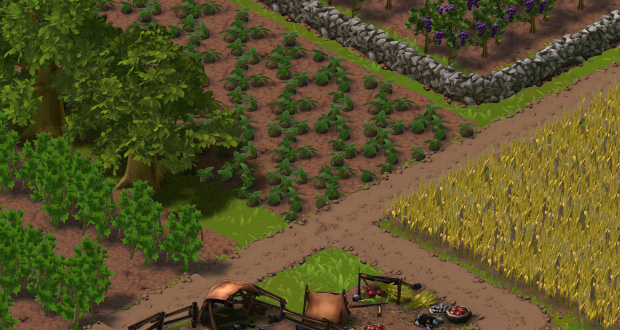After a long time, the new version 0.400 is finished.
There’s a LOT of progress since the last “official” version 0.304.
The networking engine has been completely changed, there is now factions ( players can create their own, choosing a color, an name and a flag ).
There is now also formations ( armies ) wich can contain any combination of troops and will have a wide range of missions : delivering ressources, attacking targets, settling on a new tile… Those formations will carry goods, and be composed of civilians or military troops, or both at the same time.
Those formations can be seen and can move on the world map from tile to tile.
I’m now starting to work on the most tricky part of the game : the battle engine and the regional representation of troops.
Also there’s now 13 finished unit sprites, and a few more buildings and ressources sprites, although they’re not implemented in the game fully yet.
v0.400
Optimizations
– Buildings out of screen no longer drawn.
– Tiles chunk system implemented ( tiles out of screen no longer drawn )
Debug
– Fishes can now be distributed correctly.
– Solved bug with disconnect button.
– When clicked, region and world tab no longer reload if user is already in this tab.
– Solved bug with farms cultivating same ressource as a present natural ressource.
Networking
– New networking engine
– New file system
– Reorganized save files
– Reorganized data of characters, players, regions, factions and worldmap
Interfaces
– New character menu
– New character creation
– Multi language support system
Gameplay
– Basics of the faction system
– New world map
– Players now have avatar, state , rank and score
– Players can now choose amongst differen spawn types : tribal, colony, anarchy or custom. Only tribal is fully operationnal.
– All distribuable ressources are now belonging to distribution groups.
– Ressources of a same distribution group now have individual prices.
– Basics of the formations system ( armies and units ).
– Formations can be created, and troops can be recruited.
– Formations can be moved on the worldmap
– New right-clic menu on world tiles : it’s possible to declare war on another player.
Graphism
– 13 finished unit sprites including mounted elephant, mammoth, light cavalry , archers and infantry
– Brewery, potter, lumberjack and farm buildings finished ( up to level 3 )

Apres un long moment, la version 0.400 est terminée.
Il y a eu beaucoup d’avancées depuis la derniere “version” terminée .
Le moteur reseau a été entierement refait, il y a maintenant un systeme de factions basique ( ou les joueurs peuvent creer la leur, choisir une couleur, un nom et un drapeau ).
Il y a également désormais les bases du systeme d’unités : les joueurs peuvent creer des ” formations ” , groupes de troupes composées elles mêmes d’unités.
Les formations peuvent etre composées de troupes militaires, civilies, ou un mélange des deux ( escorte militaire protégeant des civils en route pour coloniser une region voisine, par exemple ).
Ces formations sont visibles sur la carte du monde, et peuvent etre déplacées. Elles bougent alors lentement de case en case.
Egalement, il y a maintenant 13 sprites d’unités terminées, parmis lesquelles on trouve le mammouth monté, un cavalier léger, un lancier, un archer ou encore un javelinier.
4 batiments sont terminés jusqu’au niveau 3 ( le niveau max visé pour la v1.00 ) : bucheron, brasserie, potier et ferme.
Pas mal de sprites de ressources ajoutées… métaux, bières, nourritures.
Je me prépare a aborder l’étape la plus cruciale du developpement : le systeme des batailles et la représentation “régionale” des formations et combats.
v0.400
Optimizations
– Buildings out of screen no longer drawn.
– Tiles chunk system implemented ( tiles out of screen no longer drawn )
Debug
– Fishes can now be distributed correctly.
– Solved bug with disconnect button.
– When clicked, region and world tab no longer reload if user is already in this tab.
– Solved bug with farms cultivating same ressource as a present natural ressource.
Networking
– New networking engine
– New file system
– Reorganized save files
– Reorganized data of characters, players, regions, factions and worldmap
Interfaces
– New character menu
– New character creation
– Multi language support system
Gameplay
– Basics of the faction system
– New world map
– Players now have avatar, state , rank and score
– Players can now choose amongst differen spawn types : tribal, colony, anarchy or custom. Only tribal is fully operationnal.
– All distribuable ressources are now belonging to distribution groups.
– Ressources of a same distribution group now have individual prices.
– Basics of the formations system ( armies and units ).
– Formations can be created, and troops can be recruited.
– Formations can be moved on the worldmap
– New right-clic menu on world tiles : it’s possible to declare war on another player.
Graphism
– 13 finished unit sprites including mounted elephant, mammoth, light cavalry , archers and infantry
– Brewery, potter, lumberjack and farm buildings finished ( up to level 3 )
